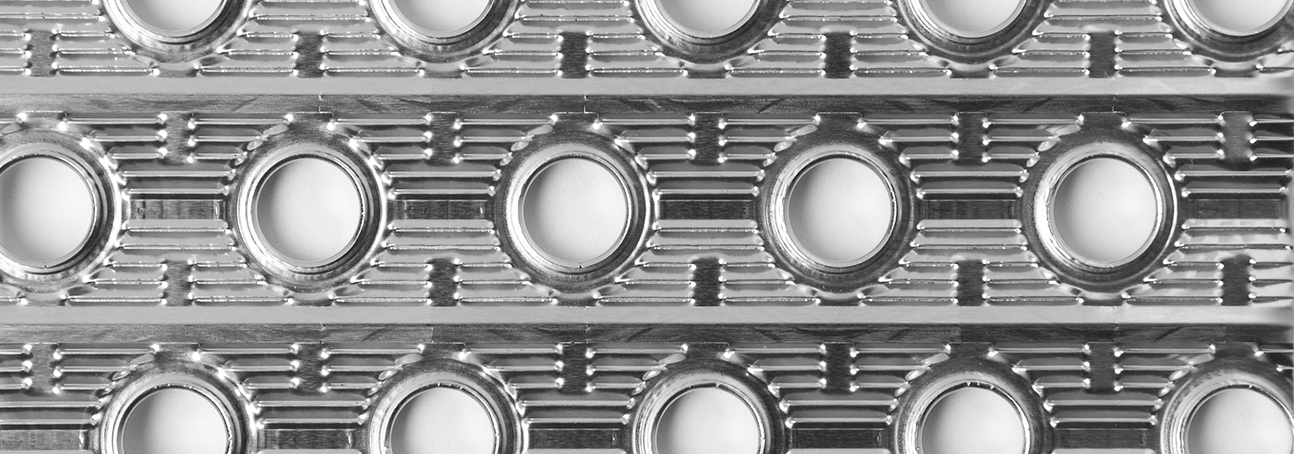
| Fin Type | Characteristics | Common Applications |
|---|---|---|
| Louvered
|
Louvered fins increase the heat-transfer capacity by creating air turbulence which reduces the boundary layer on the fin's surface, but at a cost of increased air-pressure drop across the coil. |
|
| Corrugated (low and high) 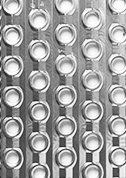
|
Corrugated fins improve the heat transfer factor to a lower degree than louvered fins. They also have a lower resistance to air flow. |
|
| Sine Wave
|
Sine wave fins improve the heat transfer factor to a higher degree than corrugated fins. These have about the same resistance to air flow as the corrugated fins. |
|
Flat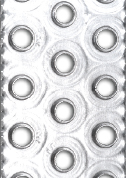
|
Flat fins reduce ice accumulation on fins. They have the lowest resistance to air flow. |
|
| Fins Density | 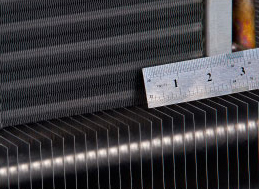 |
| Fins Density | 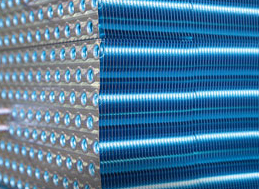 |